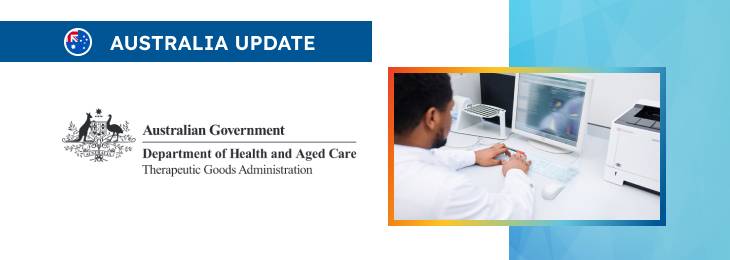The article provides a comprehensive overview of the requirements to be followed by a party responsible for a recall when preparing and issuing a sponsor’s customer letter to ensure all the critical safety-related information is appropriately communicated to the addresses.

Table of content
The document also provides additional recommendations regarding consumer recall notices required for consumer-level recall actions.
The Therapeutic Goods Administration (TGA), an Australian regulating authority in healthcare products, has published a guidance document dedicated to uniform recall procedures for therapeutic goods (URPTG).
The document describes the relevant procedures in detail and provides additional clarifications and recommendations the parties involved should follow to ensure compliance with the existing legal framework.
The authority also reserves the right to change the guidance and provision thereof, should such changes be reasonably necessary to reflect corresponding amendments to the underlying legislation.
Preparing the Sponsor’s Customer Letter
According to the guidance, preparing the sponsor’s customer letter requires ensuring a proper balance between detail and clarity.
Utilizing Australian spelling and company letterhead and including essential identifiers like the date, signatory details, and the TGA recall reference number, the letter must unequivocally state the recall’s rationale in consultation with the TGA.
Importantly, the letter should not serve as a marketing tool nor diminish the significance of a recall.

Content Structure and Recommendations
In order to assist the parties involved, the guidance provides an in-depth overview and extensive recommendations regarding the specifics of the content structure.
- Headings and Delivery Method: The letter should be appropriately headed to reflect the recall’s urgency and nature, with distinct classifications for Class I or II recalls (e.g., “Urgent Medicine Recall”) and Class III recalls.
The mode of delivery – whether by email, mailed letter, or other electronic means – should also consider urgency, ensuring high visibility and prompt action. - Describing the Goods: An unequivocal description of the recalled goods is vitally important, including specific identifiers like brand name, batch number, and any relevant manufacturing details. This description should enable stakeholders to identify the affected goods without ambiguity.
- Problem Description: A clear, layman’s terms description of the problem prompts an understanding of the associated risks, the conditions under which these risks are maximized, and both temporary and permanent mitigation strategies.
- Required Actions: The letter must clearly state the necessary actions recipients must take in response to the recall, emphasizing the non-optional nature of these actions and providing specific instructions for isolation, quarantine, patient management (if applicable), and return or correction of the goods.
- Alternative Stock and Contact Details: Where relevant, information on alternative goods, refund or replacement procedures, and contact details for further assistance should be provided, including after-hours contact options to accommodate urgent inquiries.
Customer Response and Consumer Recall Notices
The sponsor must facilitate customer acknowledgement through a response form or equivalent electronic means, making the process as straightforward as possible to encourage prompt compliance.
In particular, comprehensive consumer recall notices are required for consumer-level recall actions, extending the communication strategy to include a wider audience through diverse media channels.
Communication Strategy
A strategic, multi-channel communication approach ensures the recall message reaches all affected parties effectively.
The authority additionally emphasizes that such a strategy might include a mix of traditional and digital media tailored to the product’s distribution and the consumers’ information-seeking behaviours.
The sponsor is responsible for the cost and implementation of these notices, reflecting the importance of a well-considered and executed recall communication plan.
Conclusion
The document explains that the sponsor’s customer letter and subsequent communication efforts are vitally important for successfully executing a recall action. They must be carefully developed to ensure clarity, compliance, and efficacy in addressing the recall’s risks. The guidance outlines the key elements of communications to be issued by sponsors and also highlights the most important aspects to be taken into consideration.
How Can RegDesk Help?
RegDesk is a holistic Regulatory Information Management System that provides medical device and pharma companies with regulatory intelligence for over 120 markets worldwide. It can help you prepare and publish global applications, manage standards, run change assessments, and obtain real-time alerts on regulatory changes through a centralized platform. Our clients also have access to our network of over 4000 compliance experts worldwide to obtain verification on critical questions. Global expansion has never been this simple.

